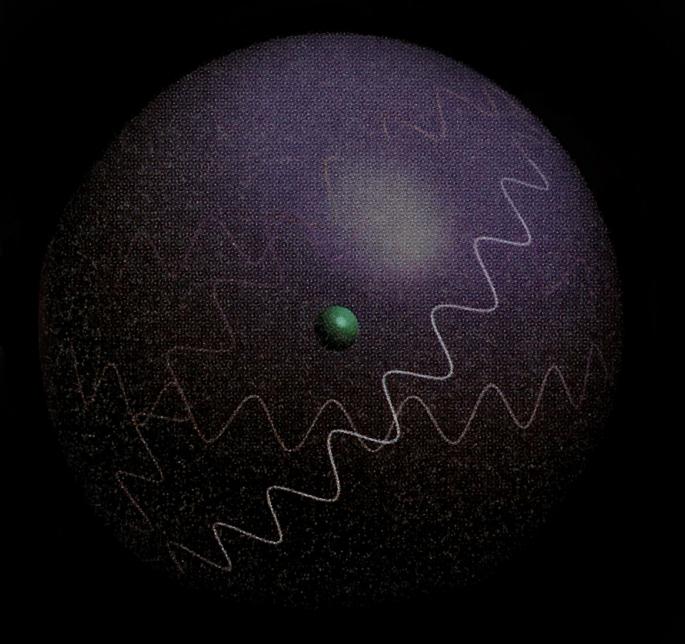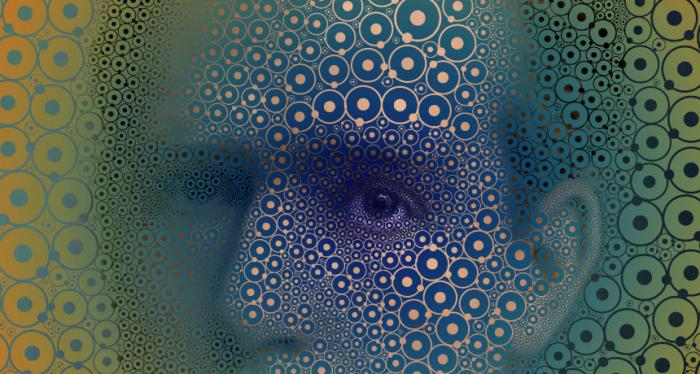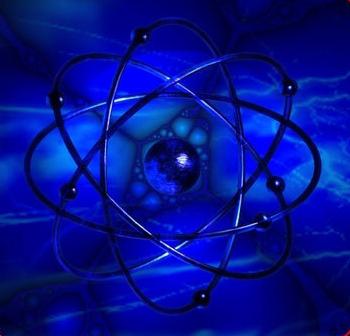The structure of the atom. Quantum-mechanical model of an atom
The following article describes an atomand its structure: how it was discovered, how the theory developed in its minds and during the experiments, thinkers and scientists. The quantum-mechanical model of the atom as the most modern one today fully describes its behavior and the particles that make up the composition. About her and her features read below.
The concept of an atom

A chemically indivisible minimumA chemical element with a set of characteristics characteristic of it is an atom. It includes electrons and a nucleus, which in turn contains positively charged protons and uncharged neutrons. If it contains the same number of protons and electrons, then the atom itself will be electrically neutral. Otherwise, he has a charge: positive or negative. Then the atom is called the ion. Thus, their classification is carried out: the chemical element is determined by the number of protons, and its isotope by neutrons. Linking to each other on the basis of interatomic bonds, the atoms form molecules.
A bit of history

For the first time, the ancient Indian andancient Greek philosophers. And during the seventeenth and eighteenth centuries, chemists confirmed the idea, experimentally proving that some substances can not be broken down into their constituent elements through chemical experiments. However, from the late nineteenth to the early twentieth centuries, physicists discovered subatomic particles, which made it clear that the atom was not indivisible. In 1860, chemists formulated the concepts of atom and molecule, where the atom became the smallest particle of the element, which was a part of both simple and complex substances.
Models of the structure of the atom
- Pieces of matter. Democritus believed that the properties of substances can be determined by mass, shape and other parameters that characterize atoms. For example, fire has sharp atoms, because of which it has the ability to burn; The solids contain rough particles, so they are very tightly bonded to each other; in water they are smooth, so it has the ability to flow. According to Democritus, even the human soul consists of atoms.
- Thomson's models. The scientist considered the atom as a positively charged body, inside which there are electrons. These models were refuted by Rutherford, having conducted his famous experience.
- Early planetary models of Nagaoka. In the early twentieth century, Hantaro Nagaoka proposed atomic nucleus models similar to the planet Saturn. In them, around the small nucleus, positively charged, the electrons in the ring rotated. These versions, like the previous ones, proved to be erroneous.
- Planetary models of Bohr-Rutherford. After several experiments Ernest Rutherford suggested that the atom is similar to the planetary system. In it, electrons move in orbits around the nucleus, which is charged positively and is in the center. But classical electrodynamics contradicted this, because, according to it, the electron, moving, radiates electromagnetic waves, and therefore loses energy. Bohr introduced special postulates on which electrons did not radiate energy while being in some specific states. It turned out that classical mechanics was unable to describe these models of the structure of the atom. This later led to the emergence of quantum mechanics, which makes it possible to explain both this phenomenon and many others.
Quantum-mechanical model of an atom

This model is the development of the previous one. The quantum mechanical model of the atom assumes that neutrons and positively charged protons are in the nucleus of the atom. Around it are located negatively charged electrons. But in quantum mechanics, electrons do not move along predetermined trajectories. Thus, in 1927 W. Heisenberg voiced the principle of uncertainty, according to which it seems impossible to accurately determine the coordinate of a particle and its velocity or momentum.
The chemical properties of electrons are determined by theirshell. In the periodic table, the atoms are arranged according to the electric charges of the nuclei (we are talking about the number of protons), while neutrons do not affect the chemical properties. The quantum-mechanical model of the atom proved that its main mass is in the nucleus, while the fraction of electrons remains insignificant. It is measured in atomic units of mass, which is equal to 1/12 of the mass of the carbon isotope atom of C12.
Wave function and orbital

According to the principle of B. Geyzentberg, one can not say with absolute certainty that an electron that has a certain speed is at a particular point in space. In order to describe the properties of electrons, use the wave function of psi.
The probability of detecting a particle in a particulartime is directly proportional to the square of its module, which is calculated for a certain time. Psi in the square is called the probability density, which characterizes the electrons around the nucleus in the form of an electron cloud. The larger it is, the probability of an electron in a certain atomic space will be higher.
For a better understanding, one can imaginesuperimposed photographs one on the other, where the electron positions are fixed at different times. In the place where the points will be larger and the cloud will become the densest, and the probability of finding the electron is the highest.
It is calculated, for example, that the quantum-mechanical model of the hydrogen atom includes the greatest density of the electron cloud located at a distance of 0.053 nanometers from the nucleus.
The orbit of classical mechanics was replaced byquantum electron cloud. The wave function of the psi electron here is called the orbital, which is characterized by the shape and energy of the electron cloud in space. With reference to an atom, we mean the space around the nucleus, in which finding the electron is most probable.
Impossible is possible?

Like the whole theory, the quantum-mechanical modelthe structure of the atom made a truly revolution in the scientific world and among the inhabitants. After all, and to this day it is difficult to imagine that the same particle at the same time can not be in one place at the same time, but in different places! To protect the established patterns, it is said that in the microcosm there are events that are unthinkable and are not so in the macrocosm. But is it really so? Or are people just afraid to admit the possibility that "a drop is like the ocean and the ocean is a drop"?
</ p>


